The release of Rosemary’s Baby in 1968 unleashed the full force of the audience’s fascination with satanic panic, with such films as The Devil Rides Out, The Omen, The Exorcist, and To The Devil A Daughter being released. These films showed two groups who were perennially at risk: young women and children. In Polanski’s seminal adaptation of Ira Levine’s classic novel, Rosemary is a young, doll like woman (played by a cropped haired Mia Farrow), who is ultimately subsumed by the worship of the Devil through her love for her child.
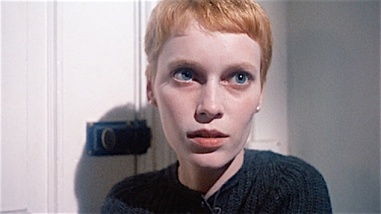
She is entirely vulnerable because her husband has sold her soul to that infinite evil, and the one friend she had in the world, her previous landlord, is brutally murdered when he tries to save her.
In The Exorcist, a single mother tries desperately to fight the forces of evil that have corrupted her young daughter. In The Devil Rides Out, the young, both men and women, but especially young women, are at risk of being made sacrifices to the Dark Lord, the same is true of To The Devil the Daughter. And in The Omen, youth is made terrible and evil.
What all these films have in common, is that those who are targeted are isolated and therefore vulnerable. Their youth means that they are not experienced enough to recognise evil for what it is. And they have often led sheltered lives that mean that they normally cannot only not comprehend evil, but have no idea or resources about how to combat it.
And this is the central tenet of the ABC made for TV movie, The Devil’s Daughter. The film tells the tale of a young woman, Diane (played by Belinda Montgomery), who unbeknownst to her, is in fact the Devil’s daughter with a human woman. Diane’s mother had made a twenty one year pact with Satan that meant that Diane could not be claimed until she had reached the agreed age. But when Diane’s mother refuses this, she is killed, and Diane is thrust into a world where she is being hailed as the Princess of Darkness.
Another aspect that Rosemary’s Baby popularised within the horror genre was the twist ending. There are few cinematic scenes as iconic as that of Rosemary looking into the cradle baring her child and seeing that he has red eyes, the eyes of his father. Her mouth open in horror as she comprehends whose child she has birthed. And very few horror films have successfully emulated this stunning twist.
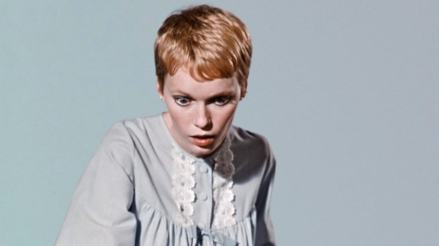
The Devil’s Daughter attempts to do this, by showing that Diane believes that she has escaped her origins to marry the man she loves. But on her wedding day it is revealed that she is to marry the demon she has been promised to after all, and that her father has also come to reclaim her. This ending does not have anywhere near the impact that Rosemary’s Baby does, and it elicits a few laughs now because it is very dated in its execution, but like Rosemary, poor Diane cannot escape what has been prophesied for her.
Seeing any more similarities here?
While Rosemary’s son will grow up surrounded by the “tender” attentions of his father’s converts, Diane has grown up in antithesis of these surroundings. Like Rosemary she becomes a doomed figure, forced to accept that she cannot rid herself of the evil that has plagued her for the entire film. A good example of this is when Diane leaves the aptly named Lilith (played by Shelley Winters) home, and moves in with a young woman of her own age and the outside world. Her roommate is not long for this world, as the satanists use the girl’s horse to kill her, as shown by her entire glass horse collection being shattered when Diane realises her friend is dead.
It may seem unkind to compare a made for TV movie to Polanski’s classic psychological horror, but I only do so because The Devil’s Daughter is so clearly inspired by the former. And this is also made clear by attempts to even recreate the claustrophobic surroundings that Rosemary found herself in. But whereas Rosemary’s Baby is a truly disturbing film that fills the viewer with a sense of fatalism, The Devil’s Daughter undercuts its own sense of suspense and jeopardy with far too long, patent 70s montage scenes, such as that of Diane and her beau walking along the beach to show the passing of time; and a lead character who comes across not only as naïve, but a bit simple at times. Rosemary is taken up with the preparations for her coming child, and so her lack of inquiry into her circumstances makes sense, but Diane makes no attempts to find out much of anything about her background, and never really seems to have any clear purpose in the film.

But the film has a good cast, featuring such veterans as the great Joseph Cotton, who is revealed to be the Devil and Diane’s father in the end, Diane Ladd, Ian Wolfe, Abe Vigoda, and of course, the lady we have come to honour, Shelley Winters.

Shelley Winters as Lilith is an absolute treat. She steals every scene she is in with her unbridled energy and sinister air. The moment she arrives at the funeral for Diane’s mother, you know that no good will come of it.

She is sin personified, with her decedent ways made apparent from the onset. And her gothic, almost mausoleum like house, bears the painting of not only what is eventually revealed to be Mr Hell Fire himself, but also all the symbols associated with him. It is her who draws Diane into the cult, gifts Diane with a ring that has the symbol of her birthright, and also ensures that Diane’s poor friend is disposed of in short order.
While Belinda Montgomery stands nervously clutching her hands or feebly trying to defend herself, Shelley Winters fills up the whole room with her presence and shouts at her down the phone, making it clear to Diane that it’s going to get hot in the city tonight. When things begin to flag, it is Shelley Winters, with the support of the veteran supporting cast, that pick things up. And while, as I’ve stated, the ending of the film is rather chortle inducing now, there’s still something rather creepy about how Lilith sits in a church pew and flagrantly disregards the fact that she’s in a house of God.
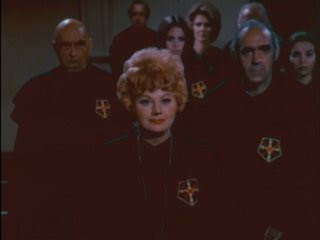
Winters’ career during the 1970s is quite fascinating, as in this era she would star in another larger than life, excessive role, as the coded lesbian drug queen pin and madam, Mama, in Cleopatra Jones. Although her performances in the 1950s and 60s were met with much acclaim, her turns in this more low budget fare in the succeeding era is a sheer delight to me.
Even though this film has aged rather conspicuously, and is, as I’ve shown, a clear “knock off” of Rosemary’s Baby, Winters’ performance makes seeing the film worth it. Although she is not in as much of the film as I would like, she is, as always, extremely memorable.
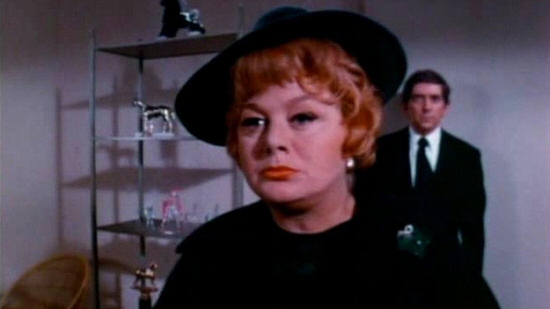
This is my contribution for The Shelley Winters Blogathon being hosted by my two lovely friends, Erica and Gill. Please visit their splendid blogs for more information and to read all the tributes to this fabulous performer.






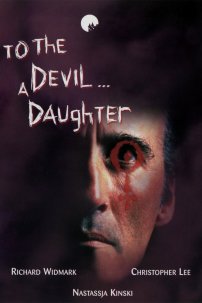




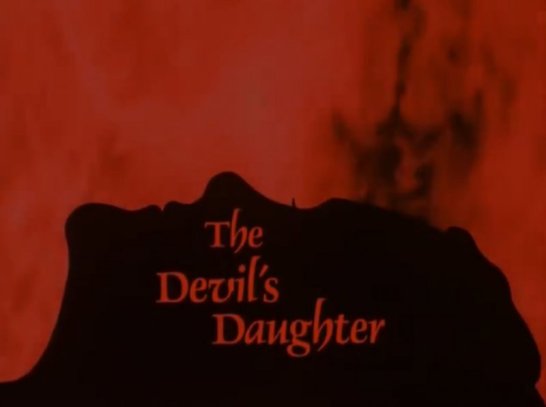


I loved reading this, Gabriela! Having not yet seen ‘The Devil’s Daughter’, I was intrigued to read Gill’s take on it which introduced me to the storyline. Indeed, it is eerily reminiscent of ‘Rosemary’s Baby’ yet it is able to grab some of its own splendour by focusing on an adult rather than an infant. These two films are perfect companions in that sense.
There was a recent news article I read that talked about a young woman who had recently discovered that she had been adopted after her mother’s murder. Disturbingly enough, the killer had placed the girl, then only a few months old, with his brother and sister-in-law. Luckily she was raised decently but how crazy is that? Who knows? It could become a TV movie as well.
As always, you add so much with your wonderfully well-written articles and I am very touched to have had you join us. Thank you so much, dear! 😀
LikeLiked by 1 person
Thanks so much Erica. I’m so happy you enjoyed my thoughts on the film.
Yes it has real entertainment value and is most enjoyable.
Oh my goodness! That’s insane! Sounds like a Lifetime movie!
Thanks so much for letting me take part. I enjoyed it enormously 🤗
LikeLiked by 1 person
Just spotted your post on the Poppity’s page so apologies for your late comment and promotion. I really enjoyed this fun take of thosethe Devil’s kid movies and as you say Shelley was fantastic. Thanks for joining our blogathon!
LikeLiked by 1 person
No problem my love! I was a bit late anyway!
Yes it’s not short on the entertainment factor.
Thanks for having me! I really enjoyed it!
LikeLiked by 1 person
Love to hear your thoughts on my post, so I can discuss this with someone who has seen it!
LikeLiked by 1 person
I definitely will share them🤗
LikeLiked by 1 person
Great review! It’s such a fun movie… Those creepy TV movies of the ’70s! They were a large part of my childhood. Love them all!
LikeLiked by 1 person
Thanks Eric! Yes I can imagine them being a staple of TV in the past.
LikeLiked by 1 person
Reblogged this on Monsters After Midnight.
LikeLiked by 1 person